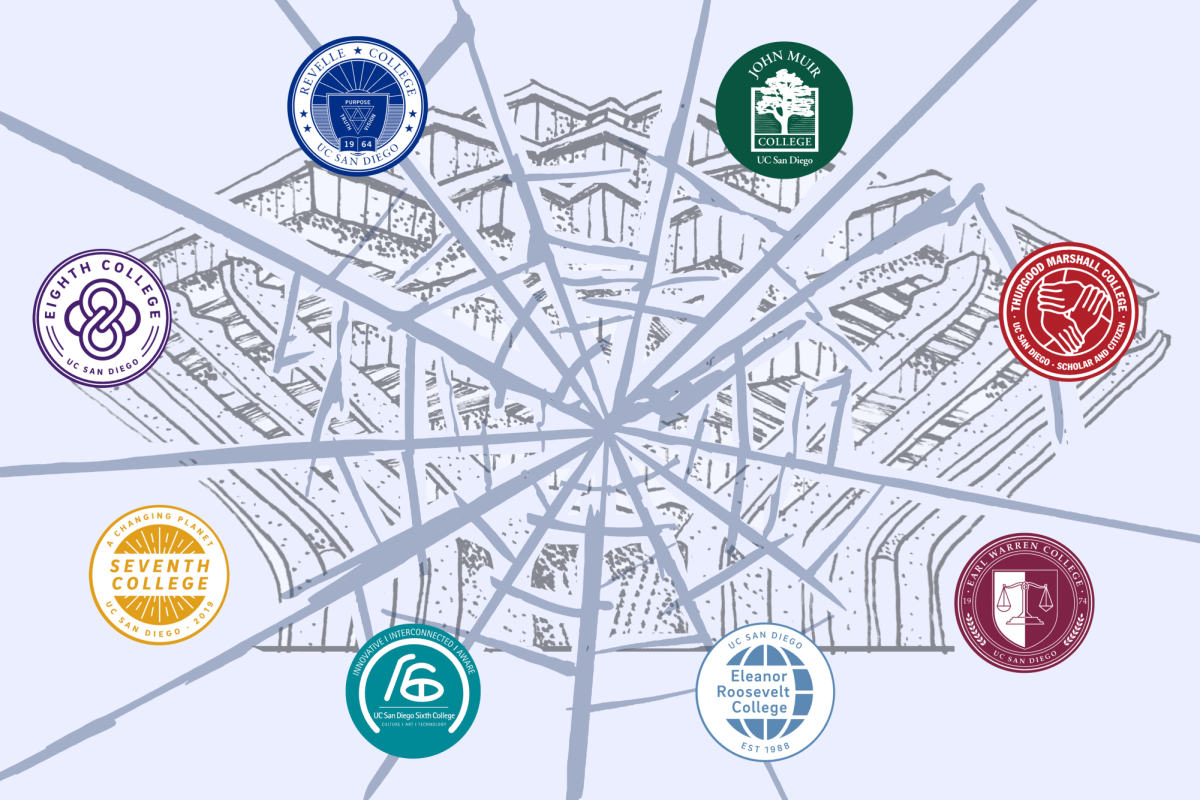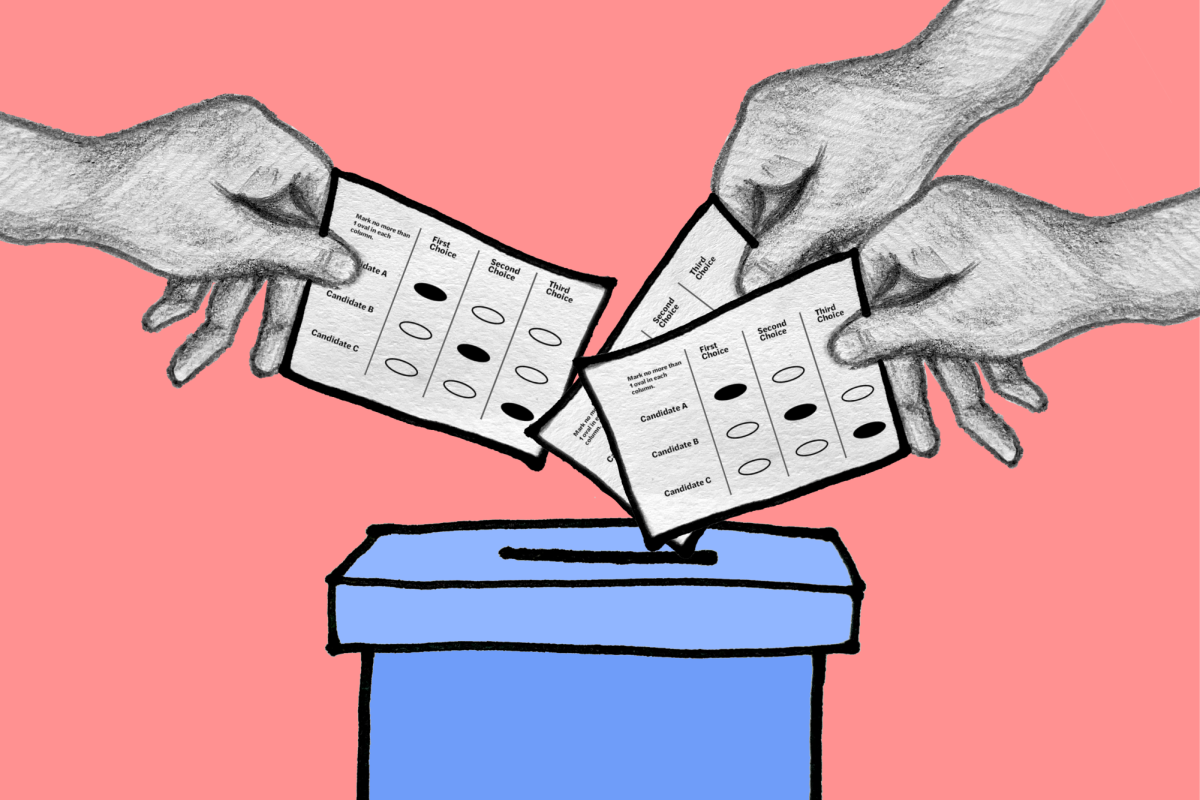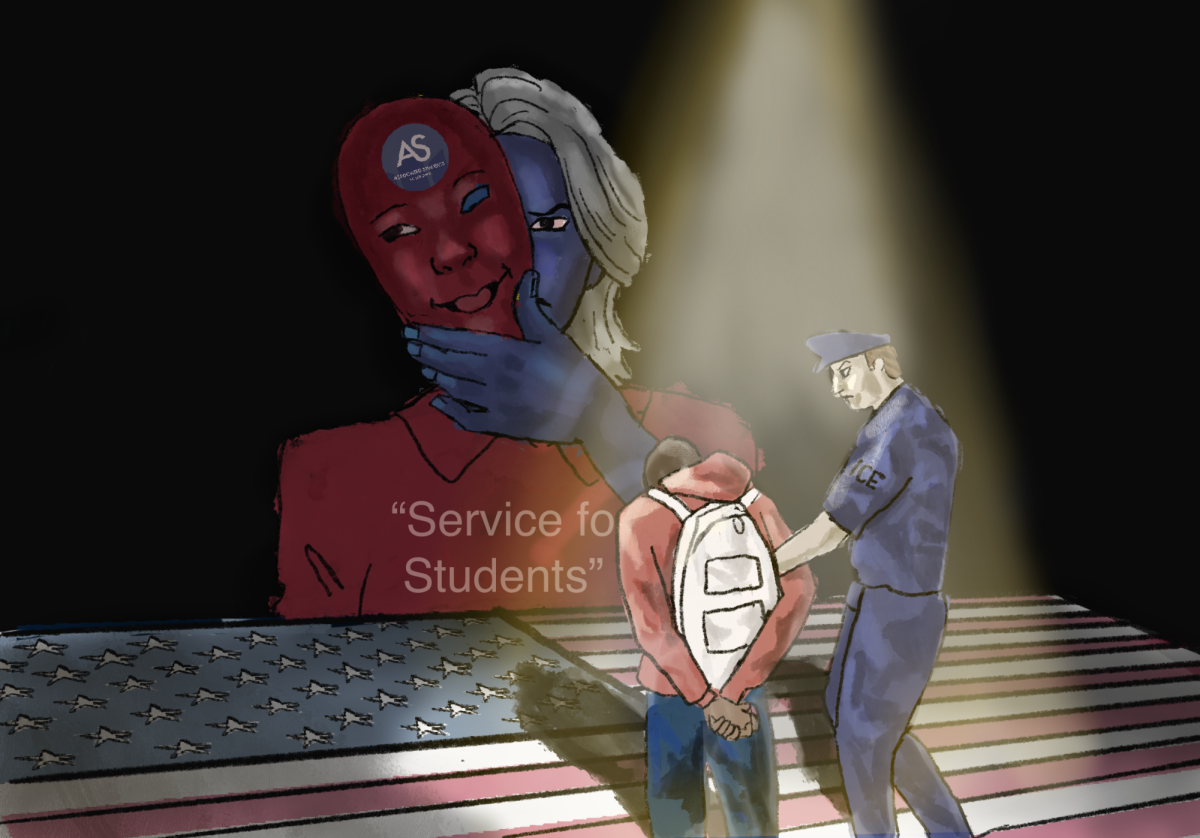UCSD Housing and Dining Services needs half a billion dollars. To raise this money, it is considering an overhaul of undergraduate on-campus housing rates that would create a single, universal rate for all single-occupancy rooms, and one for all double-occupancy rooms on campus. The rate would apply to residence halls and apartments, and would require all undergraduate students living on campus to purchase a meal plan.
One Rate, as the proposal is called, would make living in the apartments and living in the residence halls the same price.
According to HDS, the pricing overhaul would bring in needed cashflow to improve current facilities, and fund over half a billion dollars in planned construction over the next 10 years to accommodate the ever-growing demand for housing and dining facilities.
Because HDS is required to be self-sufficient, it is in somewhat of a bind. However, eliminating so much student choice in on-campus services is not the only solution to its financial crisis.
Under the current system, a student in a double-occupancy room in an on-campus apartment is projected to pay $4,687 for the 2002-2003 school year, with the option of buying a meal plan. If One Rate were enacted, this same student would be required to purchase a meal plan, and the cost would jump to $7,100 — the same price that a student in a double-occupancy room in the residence halls would pay. In addition to the meal plan, the student living in the apartment would also be purchasing a mandatory weekly maid service.
Though the price of living in the residence halls would decrease by about $1,100 for the year, this is no excuse to force apartment residents to buy maid service and a meal plan. True, the lowered residence halls rate will probably make UCSD more attractive to incoming freshmen, but these students will not get a better deal — they will just pay for it their second year when they live in the apartments, if they are lucky enough to even get one.
It may appear that students living in the residence halls would be seeing all the benefits of One Rate. However, this is not the case. Residence halls have fewer amenities and they close during the breaks — yet they will be paying the same amount as residents of on-campus apartments. To charge them the same price as for an apartment — which is open for more than a month longer and has more amenities — is a sham.
Current on-campus apartment residents pay about $485 per month for rent, cable and utilities. This is quite low compared to the San Diego housing market. Raising this price to something that better reflects the going rate in the area would be better than shoving extra services down the throats of on-campus apartment residents to generate extra income.
The Guardian recognizes that UCSD Housing and Dining Services needs a lot of money, and that it can only raise it by somehow increasing cashflow. Sadly, this must mean raising prices. However, One Rate’s strategy of generating the extra revenues through a program that masks higher prices with the illusion of more services is misguided. The fair solution is to base future price adjustments on the value of the services provided, while still providing students who wish to live on campus the options they currently enjoy.







